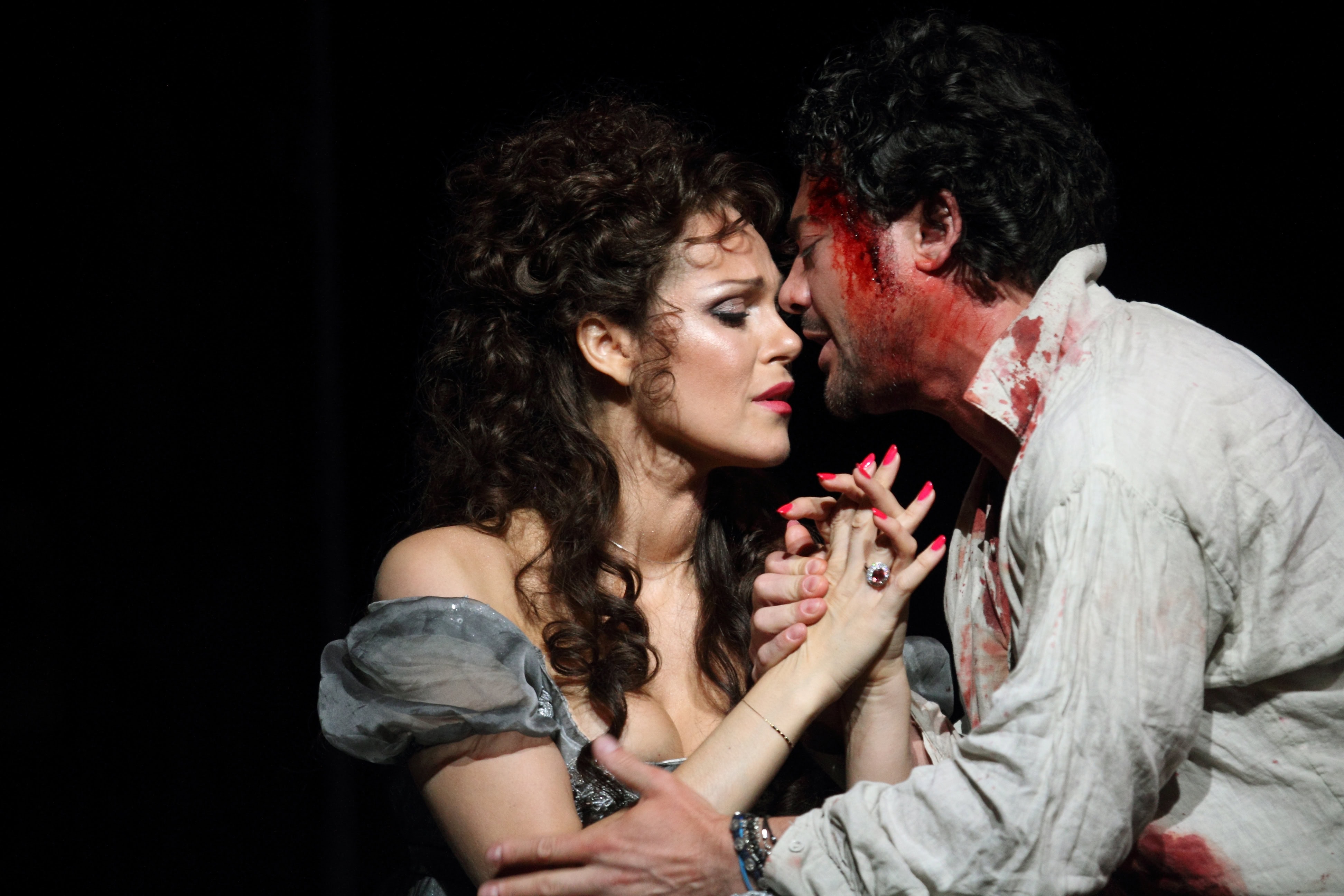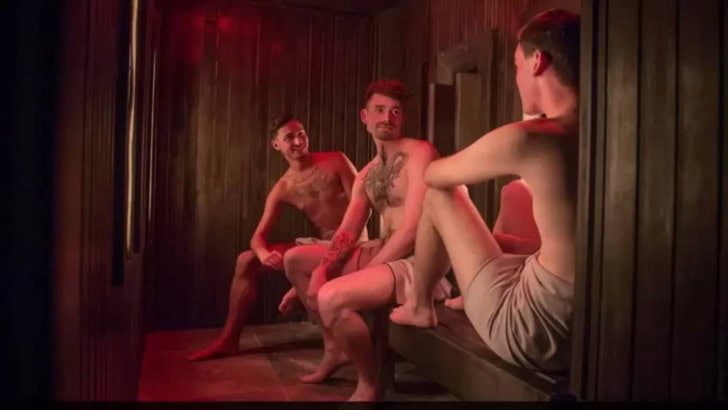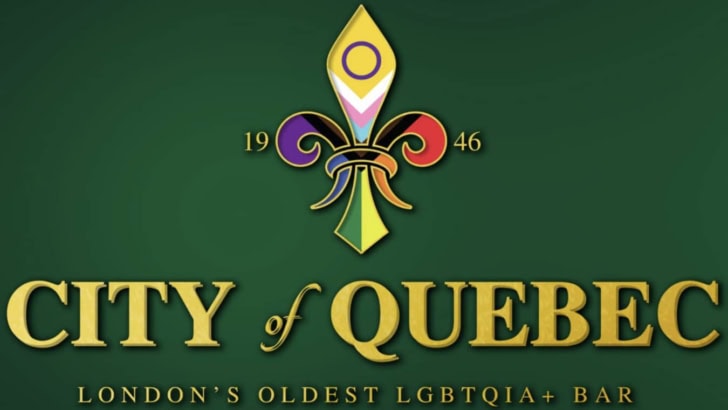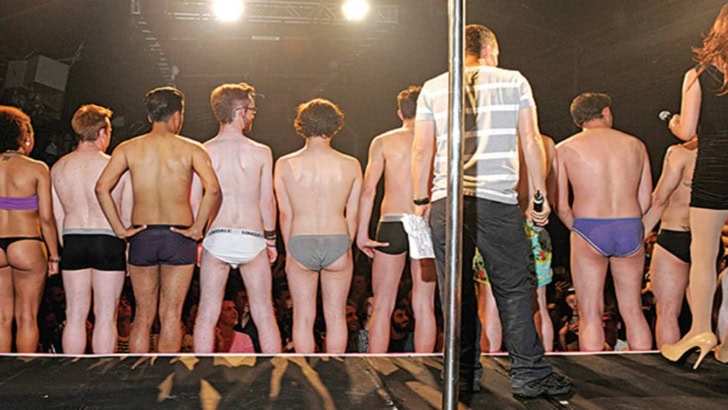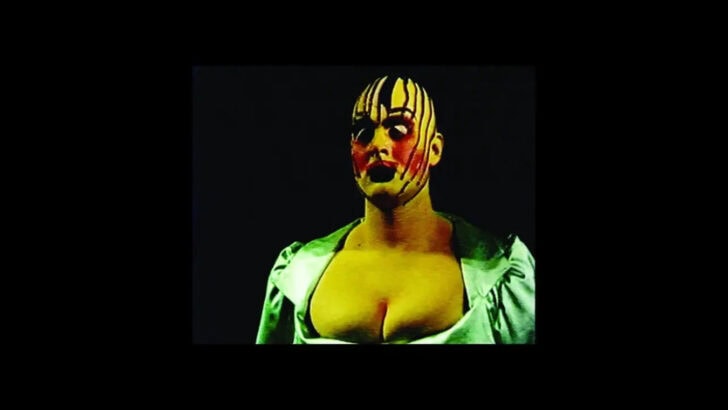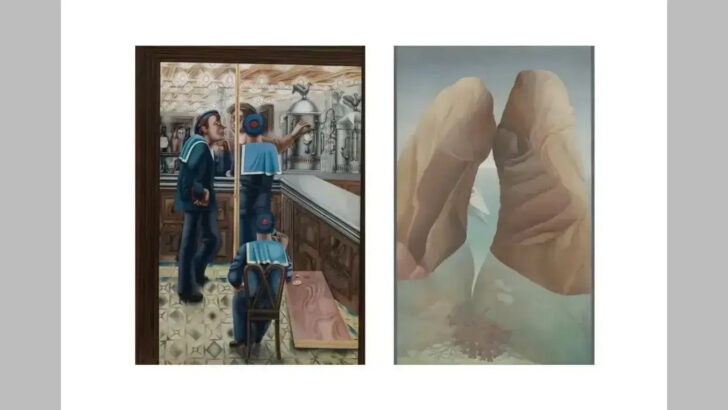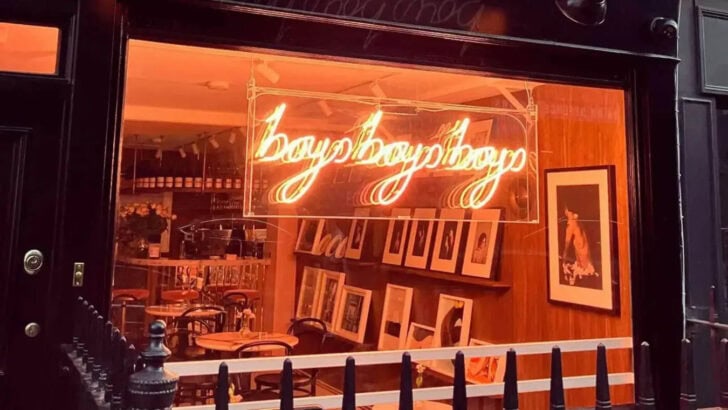★★★★ by Ifan Llewelyn
The tale of Tosca is one that has lingered in the cultural consciousness ever since it was first put to the theatrical stage back in 1887, a story so gripping that Puccini felt compelled to spend four years of his career putting it to music. It inspired some of his best-loved lyrical arias, with the overwhelming tragedy and passion giving fertile ground for his most emotive musical work. Back on the stage of the Royal Opera House, this canon opera is once again given atmosphere and is tinged in shadow as Jonathan Kent’s staging foregrounds the piece’s sinister progression that leads our heroine to leap to her death.
Setting the scene in Rome at the turn of the nineteenth century we meet our free-thinking painter Mario Cavaradossi (Vittorio Grigolo) in the candle-lit church of Sant’Andrea della Valle as he works away on his latest divinely-inspired mural, but not before Cesare Angelotti (Michael Mofidian) is seen taking refuge by hiding behind a statue of the Madonna. Then in saunters the diva Floria Tosca (Kristine Opolais) who is thrown into a fit of jealousy after over-hearing Cavaradossi conspiring with Angelotti to bring him to safety, and seeing something familiar in the painter’s latest rendering of a woman who looks a little too much like a pious woman she has seen praying in the church.
This initial interaction between the lovers is delicious as Opolais perfectly pitches Tosca’s wild fits of emotion, from fearsome jealousy to prodigious devotion, crashing from one to the other like a tempestuous sea. In his easing of her worries and trying to put her mind at ease, as the dashing young painter Cavaradossi, Grigolo is just remarkable in his mastery of the awe-inspiring tenor part. As the first act progresses Grigolo’s vocal mastery quickly emerges to be the production’s stand-out performance, putting his Tosca to shame.
Kristine Opolais as Tosca c ROH 2019 photograph by Catherine AshmoreThe second act brings with it Baron Scarpia’s villanous obstruction to the lover’s romance as he captures Cavaradossi and tortures him for his part in aiding Angelotti and his bid for freedom. Scarpia is taken by Tosca and bargains with her that her lover’s torture will come to an end if she gives herself to him. As the central malefactor, Bryn Terfel’s Scarpia is restrained and he embodies the power he is wielding over the powerless Tosca though the performance doesn’t quite translate on the expansive stage of the opera house. Terfel’s major accomplishment with this role is his talent in making the libretto feel conversational and the complex melodies don’t feel as exigent.
Our final act brings with it the devastating blow that our lovers won’t be having their happy ending as their fate comes crashing down on them. The anti-climactic nature of this last scene is deeply rooted in its music, and the stark barrenness of this last piece of staging makes a lasting impression. Gone are the lavish adornings of the church, or the dark wood of Scarpia’s office, and instead we’re left with a stone cliff edge that is bare save from four wooden pillars. Though our key player’s performances are a little too physical in light of the emotional weight of this scene, they are unrelenting in driving home its melodrama.
Tosca is running at the Royal Opera House, Covent Garden WC2E 9DD until the 15thof July 2020. Tickets available at ROH.org.uk.
